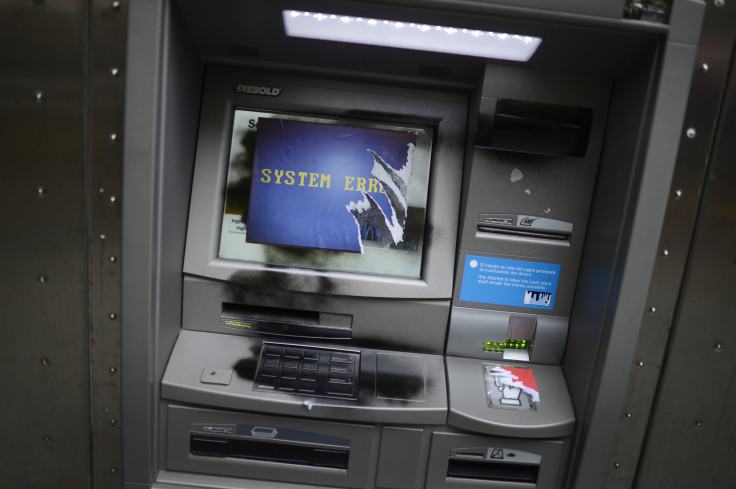ATM Skimming Down In 2014, But Cost Of Theft Increases Internationally

The number of attacks on ATM technology around the world is on the decline but the cash skimming attacks that occur are becoming more costly, a report from the European ATM Security Team (EAST) says. ATM fraud, known as skimming, has long been an international problem that's made more problematic by developments in malware devices that allow thieves to collect a bank customer's debit and PIN (personal identification number) information.
EAST on Thursday released fraud figures collected over the course of 2014. It said that skimming incidents around the world dropped 3 percent, from 5,822 in 2013 to 5,631, with other methods of fraud also falling. Yet total losses from ATM fraud are up $300 million, $255 million of which can be blamed on malware-infused skimming devices that are temporarily affixed to ATMs.
Much of that increase happened at machines in the U.S. and Asia, where ATMs have yet to enact the security measures found in their European counterparts.
“The rise in international skimming losses is not being seen in European countries where regional card blocking, often known as geo-blocking, has been widely implemented,” EAST Executive Director Lachlan Gunnin said in a news release announcing the research. “Keeping an active magnetic stripe on a European [Chip and PIN] card continues to make that card vulnerable and geo-blocking significantly reduces the risk of successful compromise.”
Other than better cybersecurity at a corporate level there's no surefire way for debit cardholders can guarantee their account is protected. But experts have advised nervous customers to be on the alert by examining their ATM for signs of damage. If there are scratches near the card slot, evidence of scratches or glue, or a camera nearby, then customers should use a different machine.
© Copyright IBTimes 2024. All rights reserved.





















